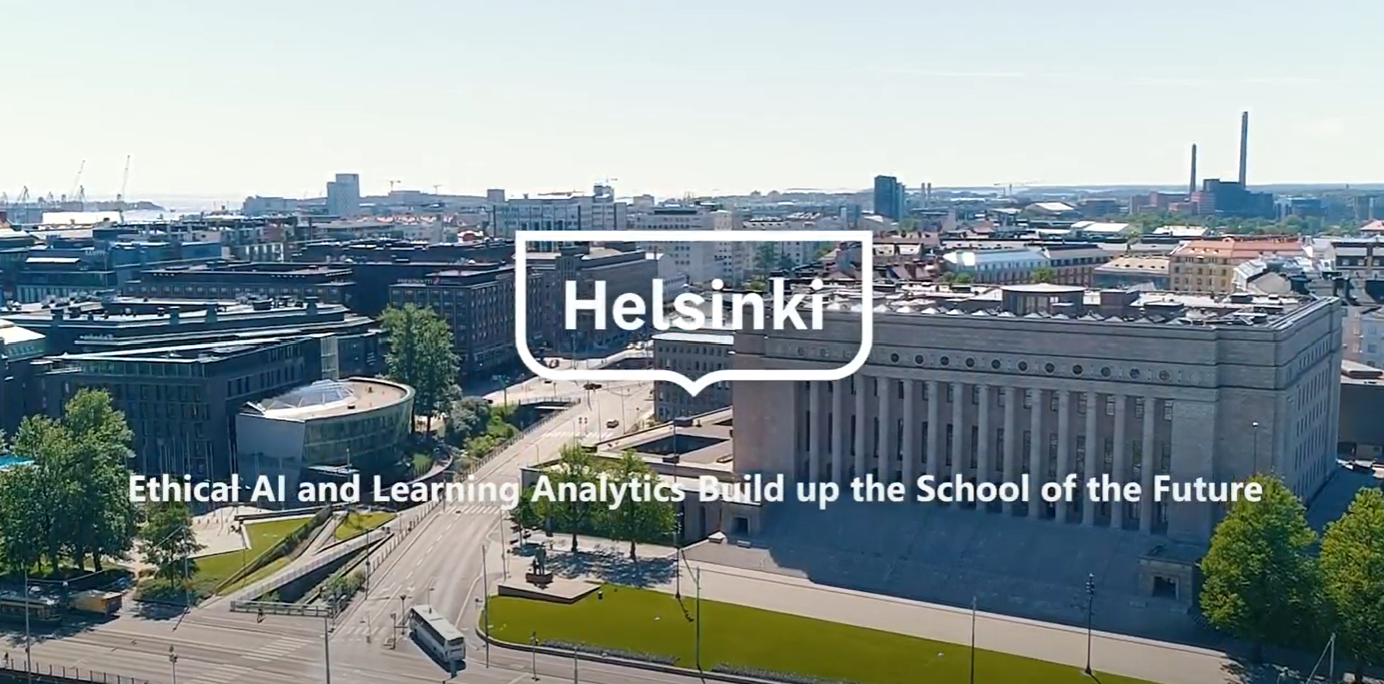-
For more than a decade, Finland has been a location of interest for education leaders from around the world who want to learn more about the policies and practices that make Finnish schools so successful. One of these principles guiding Finnish education is the belief in planning for the future. As Finland is not a country rich in national resources, their focus is on creating a knowledge economy in which each of its citizens can contribute to the nation’s productivity. With more than one in five people living in the nation’s capital, the government of the City of Helsinki is continually looking for ways to provide an education that allows its youngest citizens to achieve their full potential. They have been working for the past several years on creating a new, data-driven culture in education to provide education leaders and practitioners with tools to personalise learning for all students and continually monitor their progress and well-being. The Education Division in the City of Helsinki wanted to move away from making decisions for an uncertain future based on data from the past. To achieve their objectives, they needed to access accurate, easy-to-use, real-time data about their learners now.
A vision for helping every child succeed
The objective driving this and all work in the City of Helsinki Education Division is to help every student to achieve his or her full potential. Acknowledging that all students come from different backgrounds and have different skillsets, the Education Division believes that personalising learning will help each learner succeed. Their goal of not letting any student fall behind involves identifying as early as possible the specific circumstances and phase of learning in which individual or groups of students are mostly likely to need extra support. They have coined the term “well-learning” which helps explain this connection between students’ learning and well-being, both of which are integral to student success.
Creating a shared understanding of context and objectives for AI and data use
The City of Helsinki Education Division began their work by developing a common understanding of the objectives of their learning analytics work, which was then shared throughout entire organisation and with policymakers. They identified the ways in which their practitioners and leaders could work with data and conducted a review to identify both data currently collected within the education system as well as new sources or opportunities for data sources. They developed research questions to help them understand what skills and learning needs students would have in the future, in order to create an education system that could innovate and adapt to those needs. They wanted to understand, for example, the contexts in which both teachers and students would benefit from automated or semi-automated supports provided by the system. The team created nine different use cases detailing the intended user processes and technology needs. In addition to the existing data sources and data points they already had, they identified the data they did not yet have in the system and determined methods of collecting it.
Ethics is an end-to-end process it starts with policymaking, then decision making, then design of software, then design of what data to use, then training algorithms, then how end users are using the data and results. The ethics governance for the whole end-to-end process is an essential part when building Learning Analytics and AI in Education.
Pasi Silander
Head of ICT Development Programs, AI & Data Analytics, City of Helsinki Education Division.
From the very first phases of this journey, the team kept in mind the ethics associated with collecting and analysing data. The ethical principles that drive this work are defined together with representatives from across the education system. They wanted to avoid using learning analytics to label or stigmatise students by assigning them to different “profiles” or categorising them in any way, such as by their learning style.
See the video on the data and AI journey in Helsinki, Finland
Open Education Analytics
The development team in the Education Division had no peers within Finland who were doing similar work with learning analytics and AI. As part of Microsoft’s Open Education Analytics Community, they were able to work with other education systems on the same journey and learn from their challenges and successes, sought advice from Microsoft and peers in other countries to help create the data models. As Pasi Silander, Head of ICT Development Programs for the City of Helsinki Education Division noted, “It has been very important to have a dialogue with others on the same journey. It is very difficult to find this kind of community within one country – to be one rebel without others to walk with you along the same path. No one can develop this alone.”
Where next?
The City of Helsinki Education Division wants to provide real-time support for learning so that students and teachers get formative feedback and support during the learning process, rather than afterward. To make this happen, the future in Helsinki involves researching and defining the kinds of cognitive scaffolds that are needed for students and teachers to provide the ideal individualised learning process.
The team in Helsinki recognises that the process of working with data is never-ending. Even after algorithms and models have been developed, society continues to change. The models and algorithms have been updated to correspond the new situations. In addition, the changes in society, in turn, create new questions that need to be asked of the data, and new data to answer them. These necessitate new models and algorithms, which produce new learnings. And so, the process continues – the mission being to provide bright future for all children in Finland.

